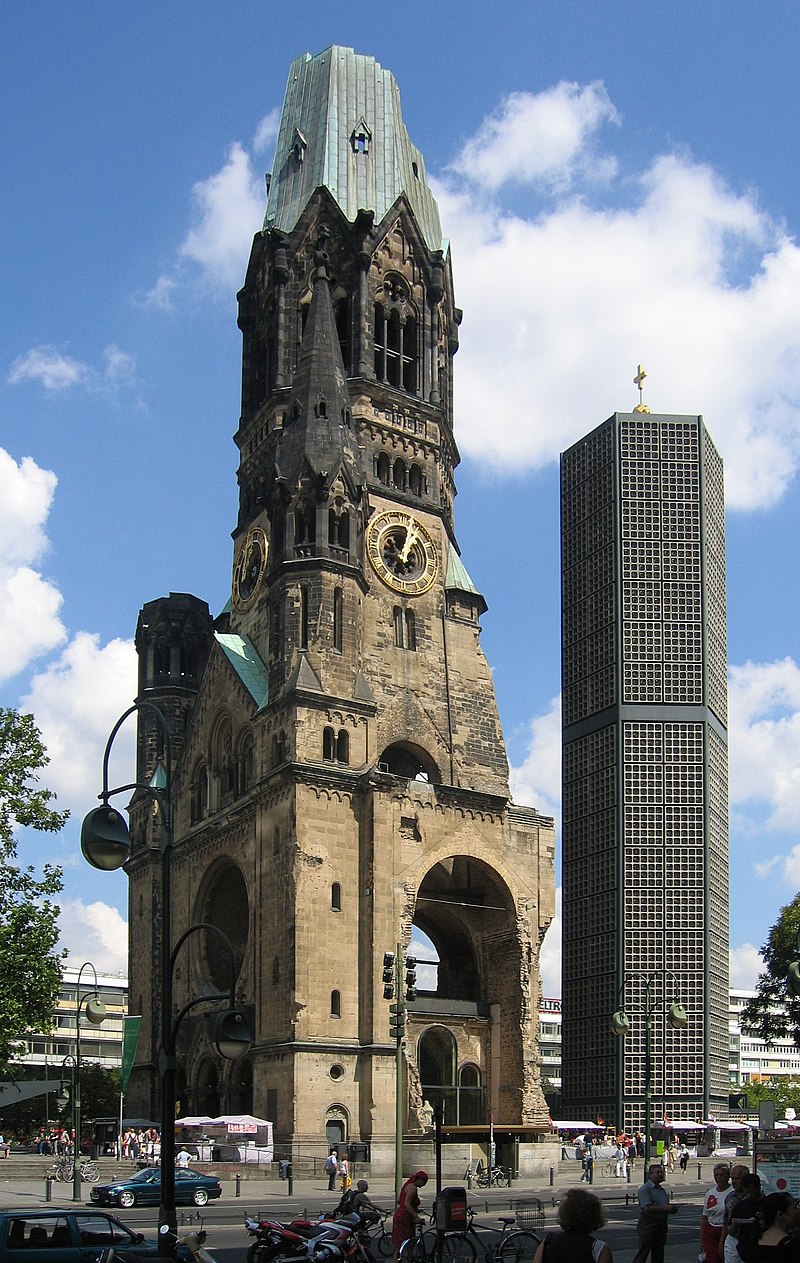
The Kaiser Wilhelm Memorial Church in Berlin-Charlottenburg by GerardM
Why Berlin?
Metropolitan City with a Storied Past
Berlin is the capital and largest city of Germany by both area and population. Its more than 3.85 million inhabitants make it the European Union's most populous city, according to population within city limits. The greater urban area of Berlin is one of the States of Germany. Berlin is surrounded by the State of Brandenburg and Brandenburg's capital Potsdam is nearby. Berlin's urban area has a population of around 4.5 million and is therefore the most populous urban area in Germany. The Berlin-Brandenburg capital region has around 6.2 million inhabitants and is Germany's second-largest metropolitan region after the Rhine-Ruhr region and the sixth biggest Metropolitan Region by GDP in the European Union.
Berlin was built along the banks of the Spree river, which flows into the Havel in the western borough of Spandau. The city incorporates lakes in the western and southeastern boroughs, the largest of which is Lake Müggelsee. About one-third of the city's area is composed of forests, parks and gardens, rivers, canals, and lakes.
First documented in the 13th century and at the crossing of two important historic trade routes, Berlin was designated the capital of the Margraviate of Brandenburg (1417-1701), Kingdom of Prussia (1701-1918), German Empire (1871-1918), Weimar Republic (1919-1933), and Nazi Germany (1933-1945). Berlin has served as a scientific, artistic, and philosophical hub during the Age of Enlightenment, Neoclassicism, and the German revolutions of 1848–1849. During the Gründerzeit an industrialization-induced economic boom triggered a rapid population increase in Berlin. 1920s Berlin was the third-largest city in the world by population.
After World War II and following Berlin's occupation, the city was split into West Berlin and East Berlin, divided by the Berlin Wall. East Berlin was declared capital of East Germany, while Bonn became the West German capital. Following German reunification in 1990, Berlin once again became the capital of all of Germany.
The above information was taken from the Wikipedia page about Berlin
My Favorite Places in Berlin

Alexanderplatz
Address:
10178 Berlin, Germany
What I like About It
Alexanderplatz is an active area with lots to do that also has a town-square feel to it. One of my favorite parts about the area is the TV Tower and World Time Clock. I find them fascinating pieces of architecture and technology.
The area is named for Russian Tsar Aleksandr I, and is argued to be one of the most popular areas for tourists. Much of the area was destroyed during the Battle of Berlin, and was under Soviet control during the Cold War. It is here on November 4, 1989 that many East Germans gathered to protest the socialist government.
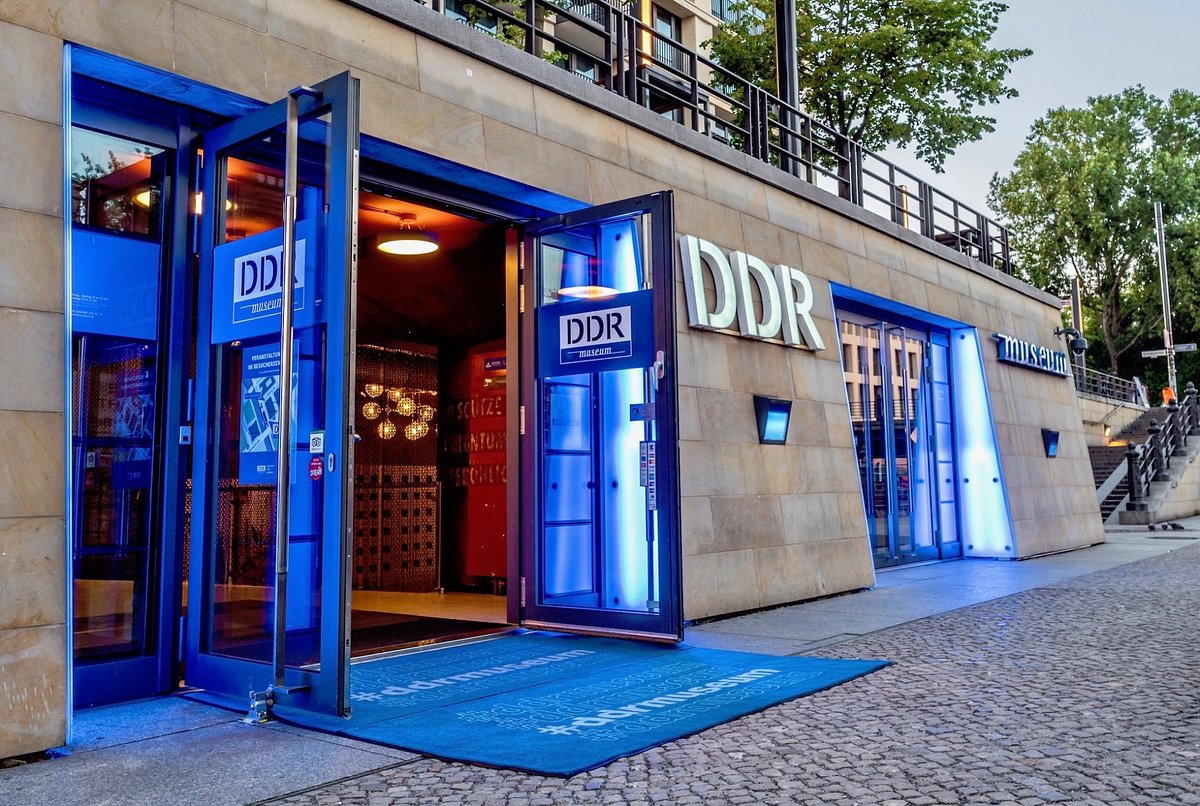
DDR Museum
Address:
Karl-Liebknecht-Str. 1
10178 Berlin, Germany
What I like About It
For some reason, I have always been obsessed with the history of the Cold War and the Soviet Union. The DDR Museum is an amazing space to learn more about what life was like behind the Iron Curtain. There are interactive exhibits, and permanent installations on what life was like for many East Germans during this unique time in history.
Visitors explore a recreated 5-room flat and can sit in the famous Trabant car with a driving simulation. It is considered one of the world's most interactice museums.
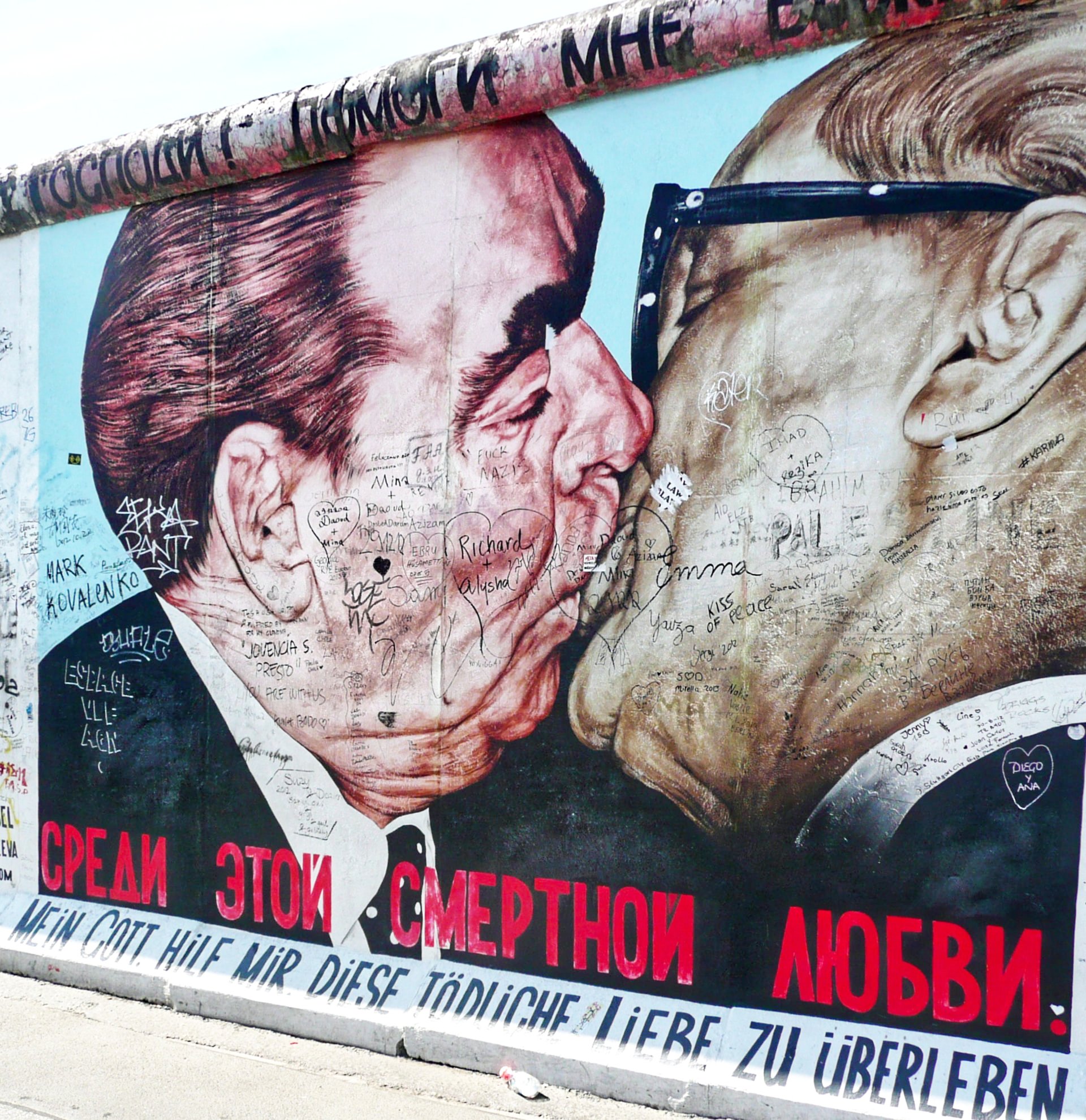
East Side Gallery
Address:
Next to The Wall Museum
Mühlenstr. 78-80
D-10243 Berlin
What I like About It
This is one of the largest continuous pieces of the Berlin Wall that survives today. And as someome who finds the history of the Cold War and the division of Berlin incredibly fascinating, this is a great spot to physically enjoy the history on Berlin.
My Photos from Berlin
These are photos from part of our honeymoon travels in 2014
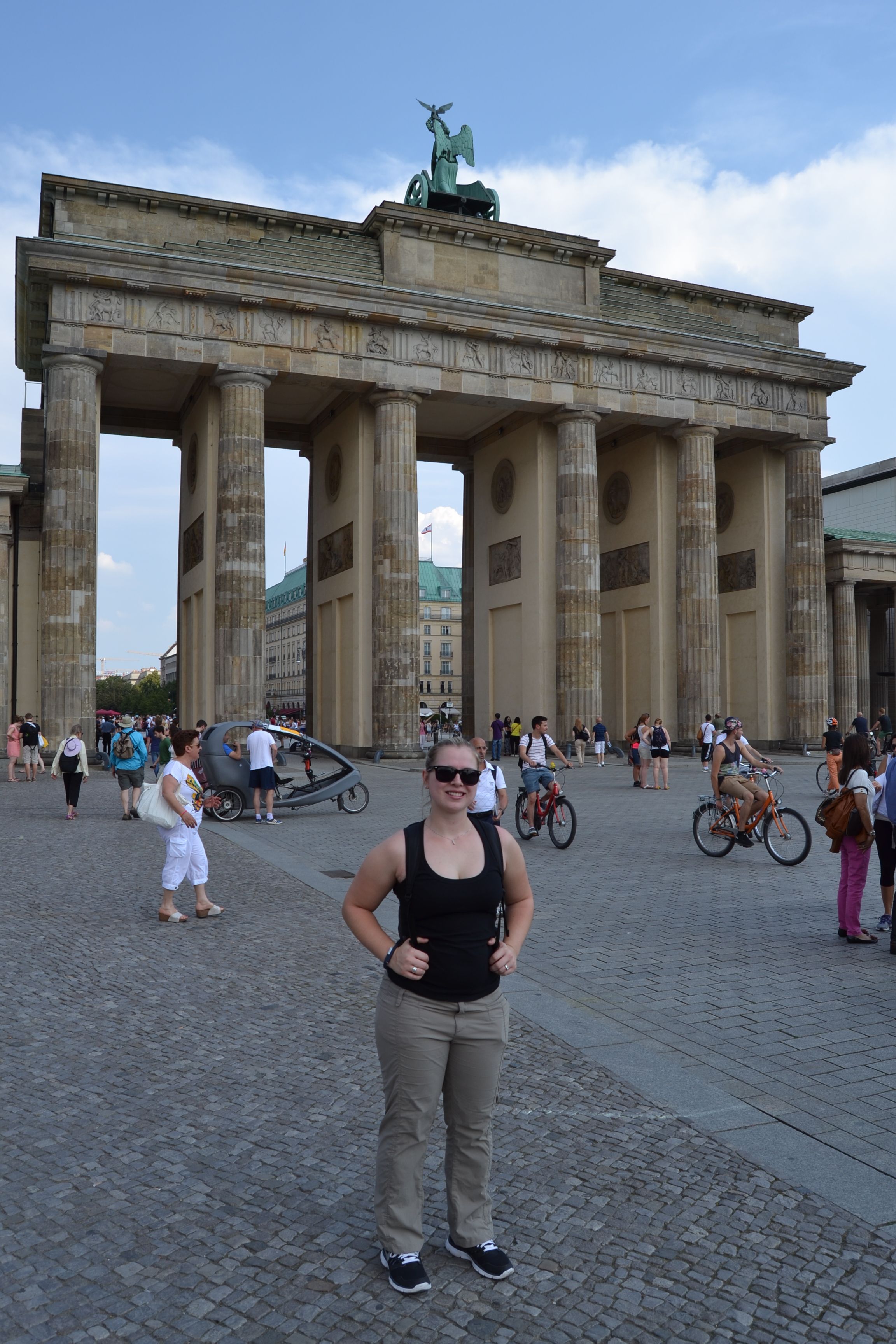
At the Brandenburg Gate
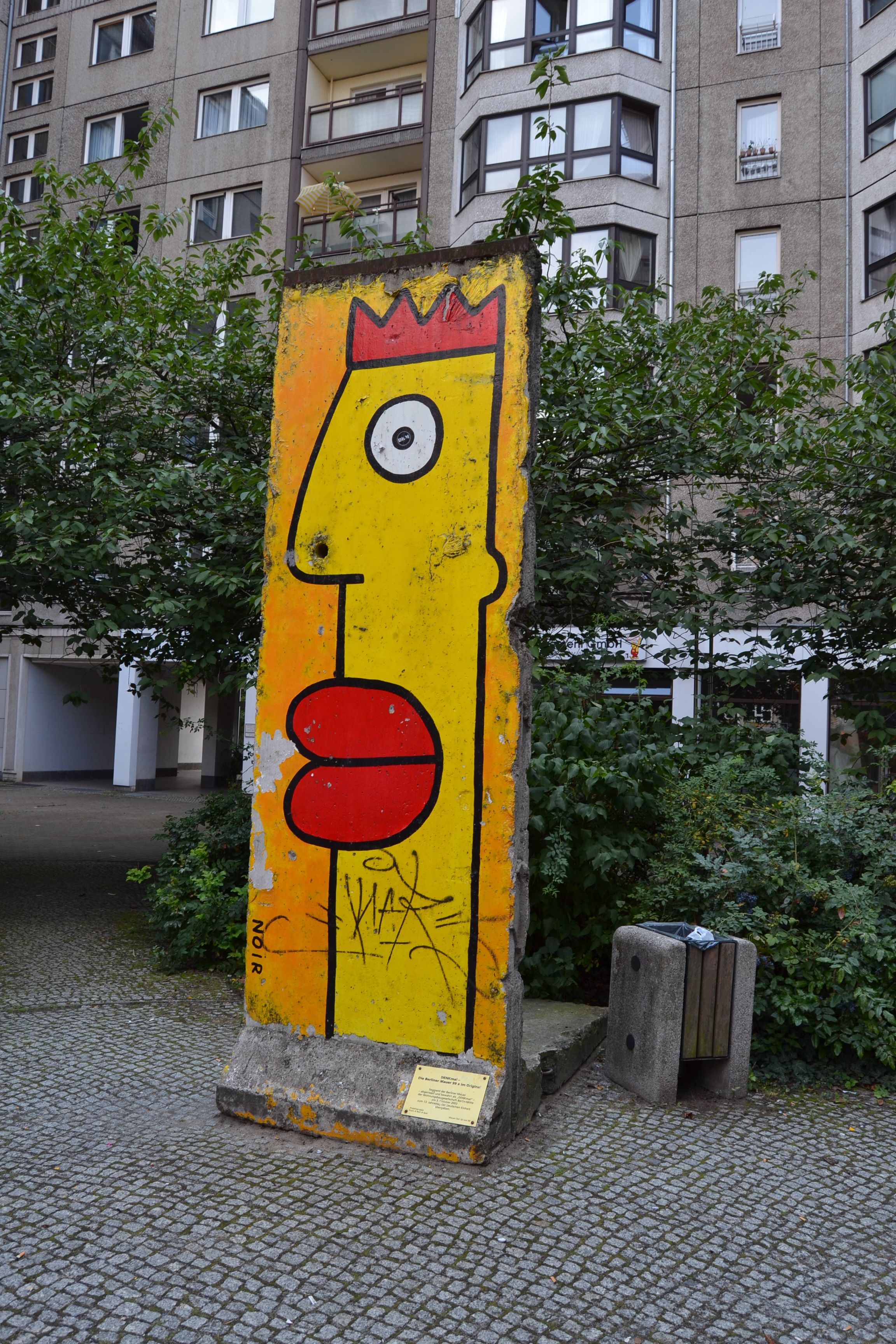
A remainder of the Berlin Wall
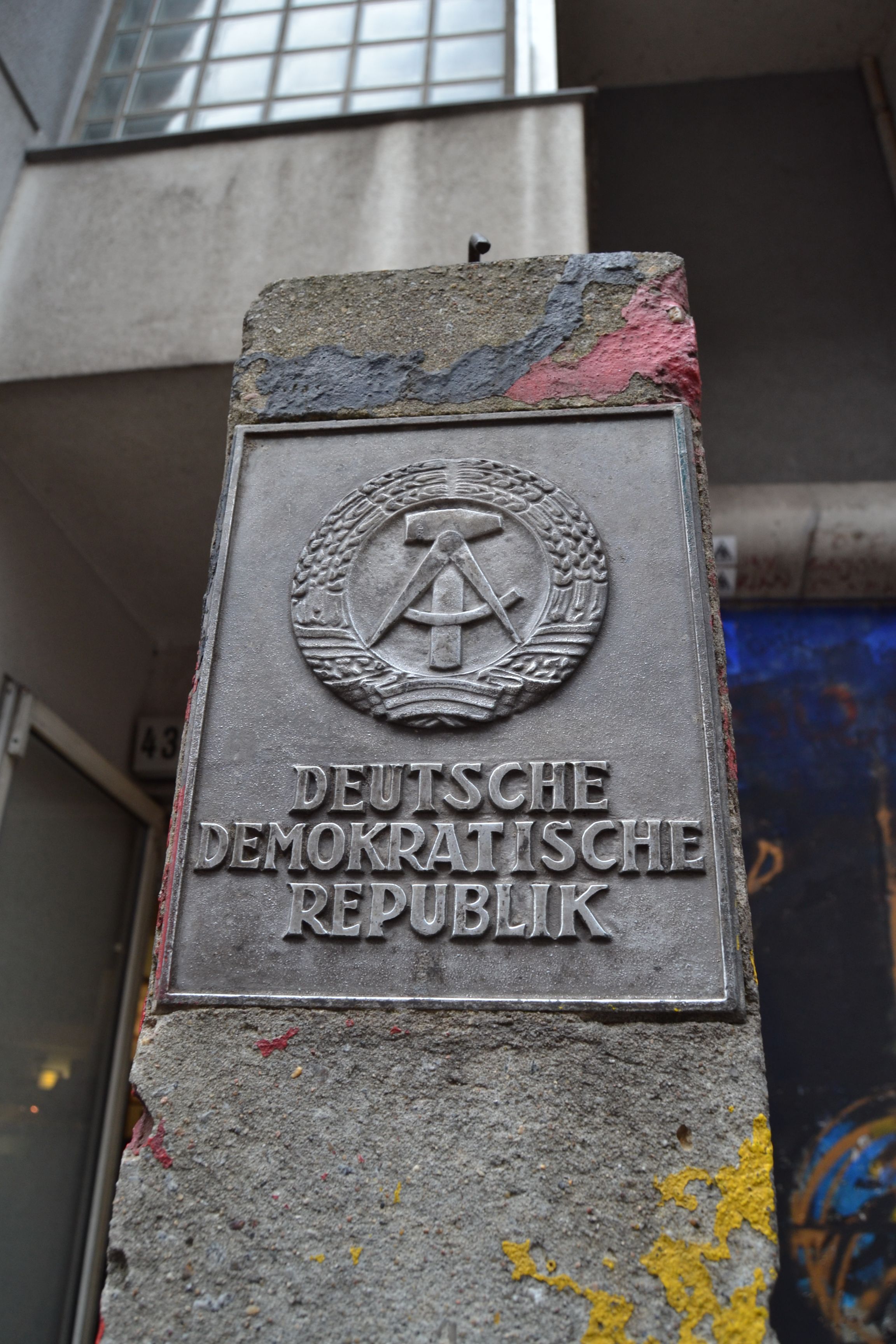
A DDR plate remains from East Berlin
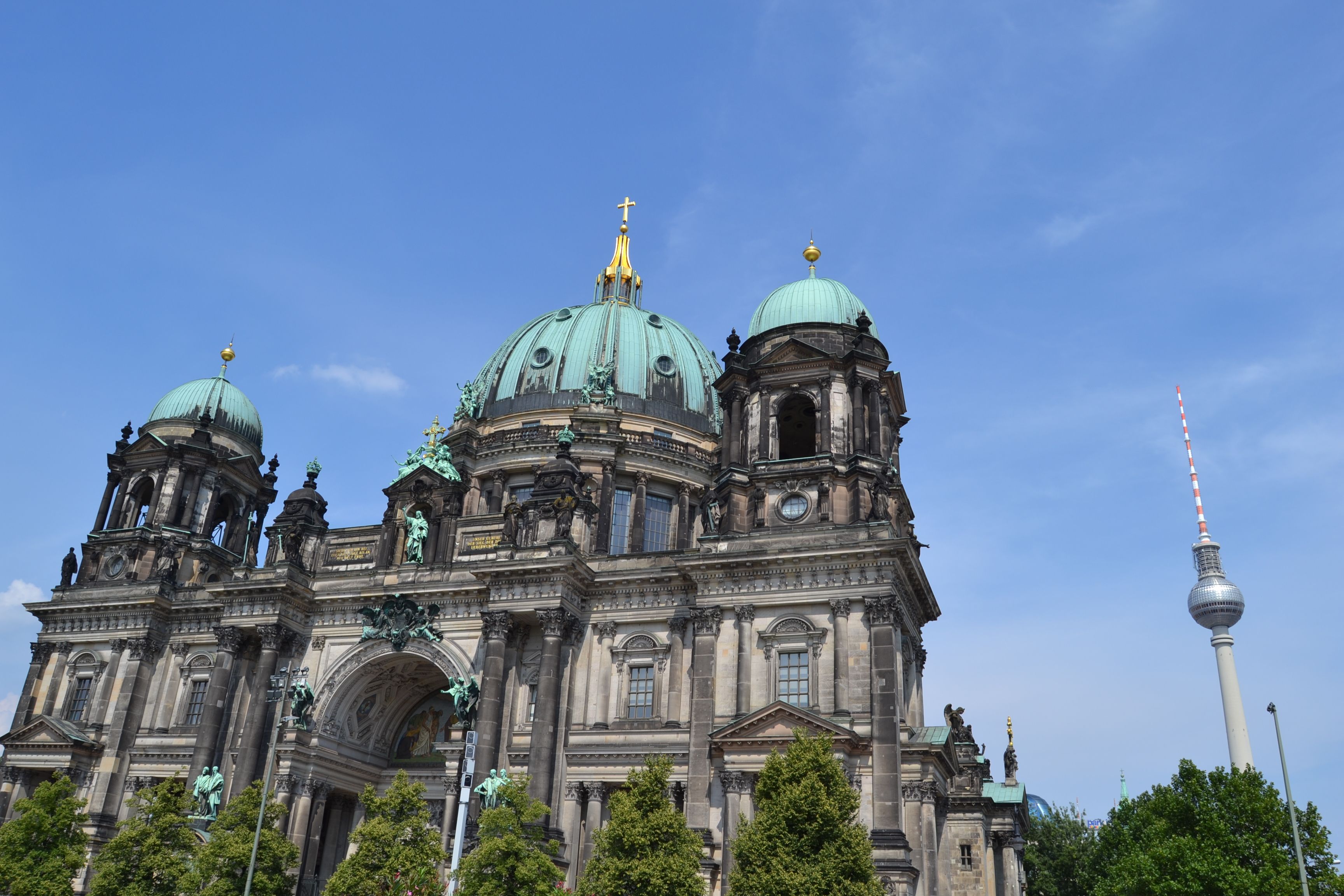
The Berlin Cathedral with the famous 'TV Tower' in the background
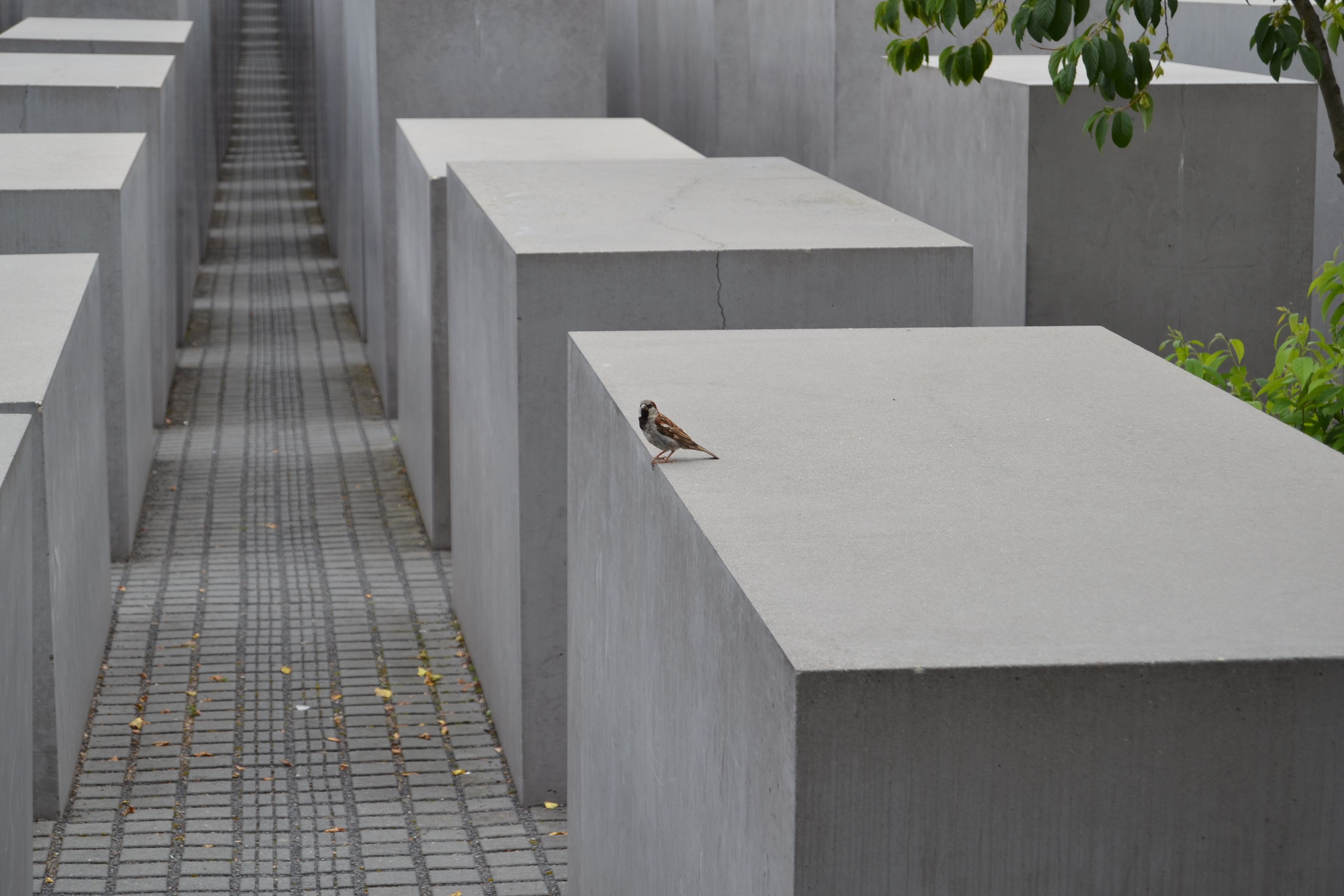
Bird at the Memorial for the Murdered Jews of Europe